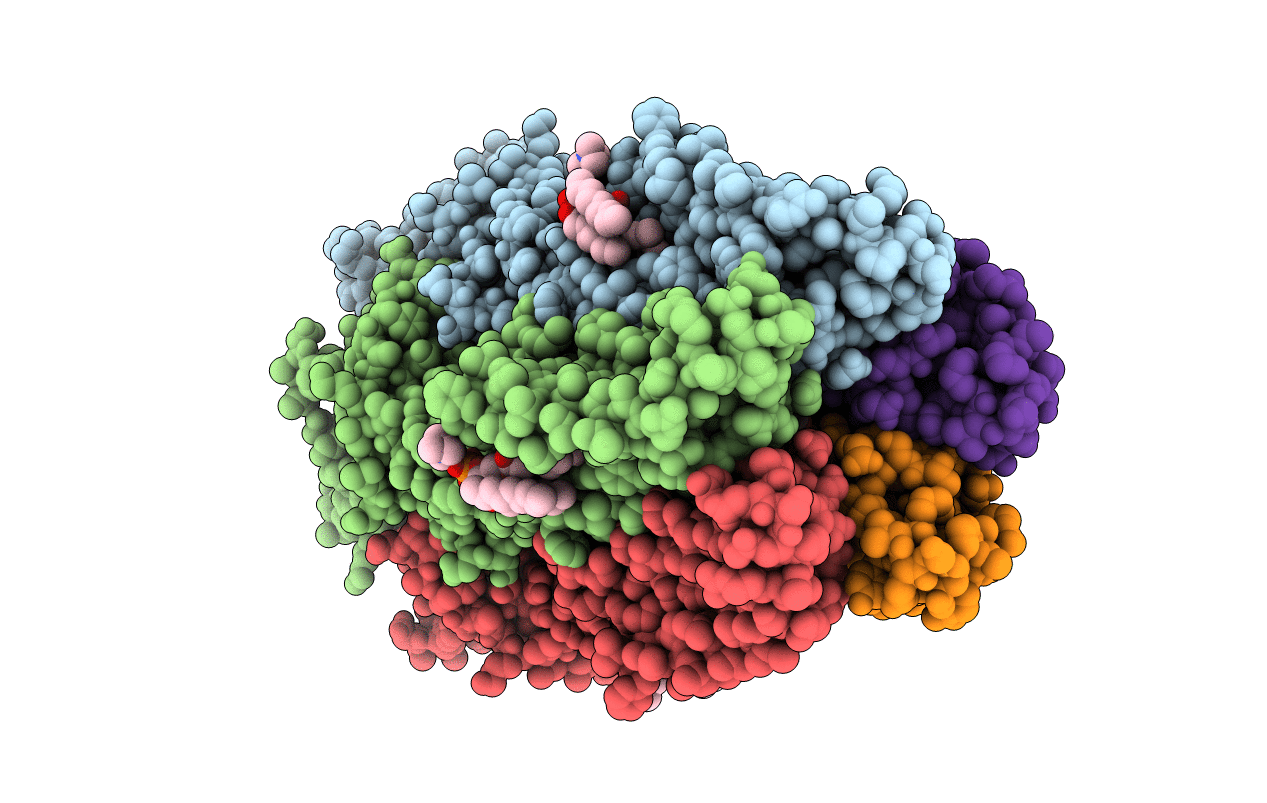
Deposition Date
2010-10-07
Release Date
2011-01-19
Last Version Date
2023-11-01
Entry Detail
PDB ID:
3P50
Keywords:
Title:
Structure of propofol bound to a pentameric ligand-gated ion channel, GLIC
Biological Source:
Source Organism:
Gloeobacter violaceus (Taxon ID: 33072)
Host Organism:
Method Details:
Experimental Method:
Resolution:
3.30 Å
R-Value Free:
0.20
R-Value Work:
0.18
R-Value Observed:
0.18
Space Group:
C 1 2 1


